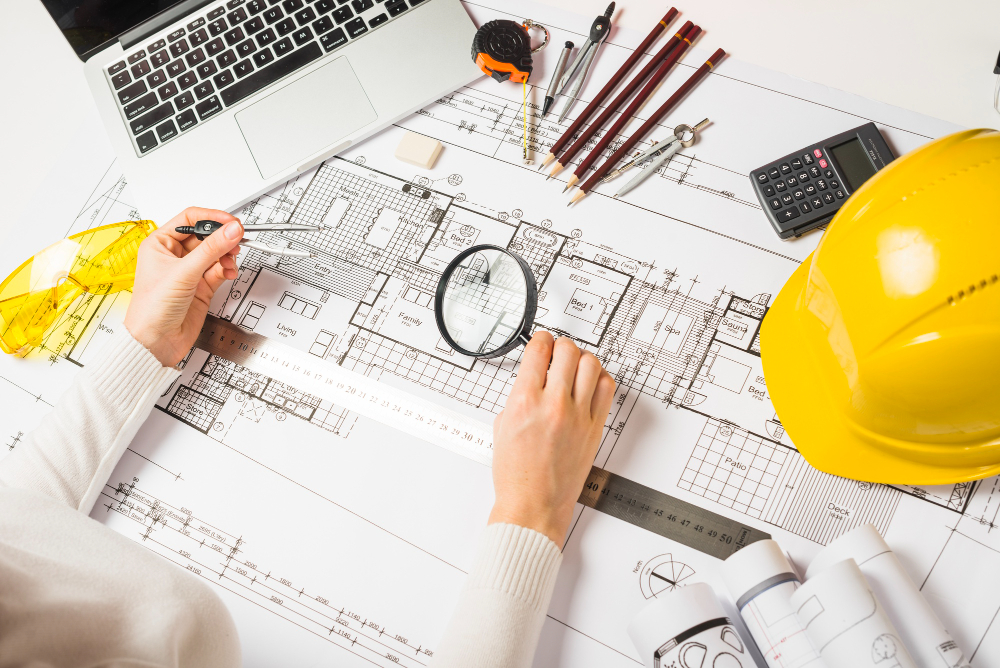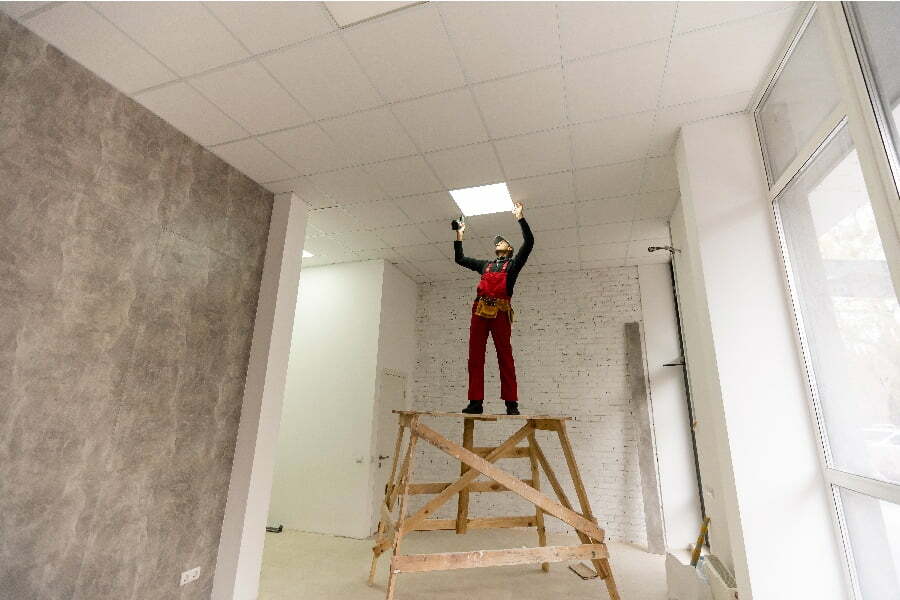Last updated on
Waste generation in the construction industry is a significant and inevitable issue. A study revealed that in the United States alone, around 251 million tons of solid waste is generated annually, of which up to 40% is from the construction industry.
Construction waste typically encompasses material packaging, debris, and surplus unused building materials. Although there are methods used to reuse and recycle unused materials, the majority of these still end up in landfills.
Efficient planning and innovative design are essential to address waste generation in construction and promote sustainable practices. It not only reduces the addition of pollution but also reduces waste-related incidents on-site.
In this article, we will look at seven tips for reducing waste in construction projects so that we can follow environmentally responsible building practices, conserve resources, and minimize the damaging impact waste has on the environment.
Material Planning

Effective material management is key to reducing waste. This process starts at the design stages. First, consult with your team members during the planning process to ensure you acquire the right and required amount of material.
You need to conduct thorough planning and precise estimation of the material required in order to minimize surplus material orders. For instance, to minimize the overestimation of concrete required, consider using tools like a concrete calculator to estimate how much you would need for your project.
Choose Your Materials Carefully

Selecting suitable materials is crucial to minimize waste and enhance the efficiency of your construction process. Opt for sustainable, durable, and cost-effective materials to considerably reduce the amounts of waste produced.
Consider prefabricated products, which are components or materials standardized and ready to be used. This reduces material wastage through the process of optimization and, therefore, reduces any on-site alterations. Ultimately, this selection of materials not only reduces waste during construction but also contributes to sustainable practices and enhances your project’s environmental footprint and longevity.
Store Your Materials Properly

Proper storage of construction materials is vital for maintaining organization and minimizing waste. You need to ensure well-lit and well-ventilated storage spaces to safeguard materials against sunlight, extreme temperatures, moisture, and other factors that can adversely affect the quality of your material and result in its wastage. Also, securing these storage areas ensures access is limited to authorized personnel only, preventing unauthorized use or theft.
Implementing a comprehensive inventory management system is essential to track material quantities and usage, optimizing resource allocation. It’s imperative to clearly label materials with all the required information, such as type, quantity, and necessary dates, to improve organization and facilitate timely utilization, reducing the likelihood of materials becoming unusable.
Design for Deconstruction

Architectural planning should account for the potential future disassembly and reuse of structures. Deconstructing a building is environmentally superior to traditional demolition. It is selectively deconstructing a building in order to preserve materials and eliminate excess waste.
Once you start adopting reversible designs, it simplifies the deconstruction process and facilitates material recovery, transforming them into valuable resources. Moreover, this approach not only encourages resource reuse and sustainability but also curbs air pollution associated with demolition.
Adherence to Green Building Certifications
Comply with Green Building standards and obtain relevant certifications. Ratings are given to the following categories: sustainable sites, water efficiency, energy and atmosphere, materials and resources, indoor environmental quality, and innovation, encouraging eco-friendly construction practices.
Recycling and Reusing Initiatives
Develop and implement waste management plans that emphasize material segregation and recycling. Recycling will help improve your waste management. Although it is a time-consuming process, it is your and your company’s responsibility to reduce the project’s carbon footprint.
In all projects, there are probably a lot of materials you can salvage in order to reuse them. Not just that, these could be sold or donated for use in another project.
Site Waste Management Plan
Implement a comprehensive waste management plan at the construction site. This includes proper bin placement for waste segregation.
When disposing of any construction waste from a site for disposal, it should be done by licensed waste carriers who would safely and legally transport the construction waste to a certified waste management facility for recycling and disposal.
Another way to minimize the amount of waste is by cutting down on the amount of packaging and ensuring its proper disposal, which also helps in cutting costs. In some cases, you can reuse packaging such as pallets, which is a viable option, especially if you need to store your materials away.
The Takeaway
The impact of the reduction of waste in the construction process cannot be overstated. By implementing these strategies, you can foster an environmentally responsible construction process, conserve resources, and mitigate the detrimental impact that construction waste has on the environment.
These approaches pave the way for a sustainable future in the construction industry while fostering eco-friendly practices and contributing to a cleaner and healthier environment.
Related reading:
Table of Contents





